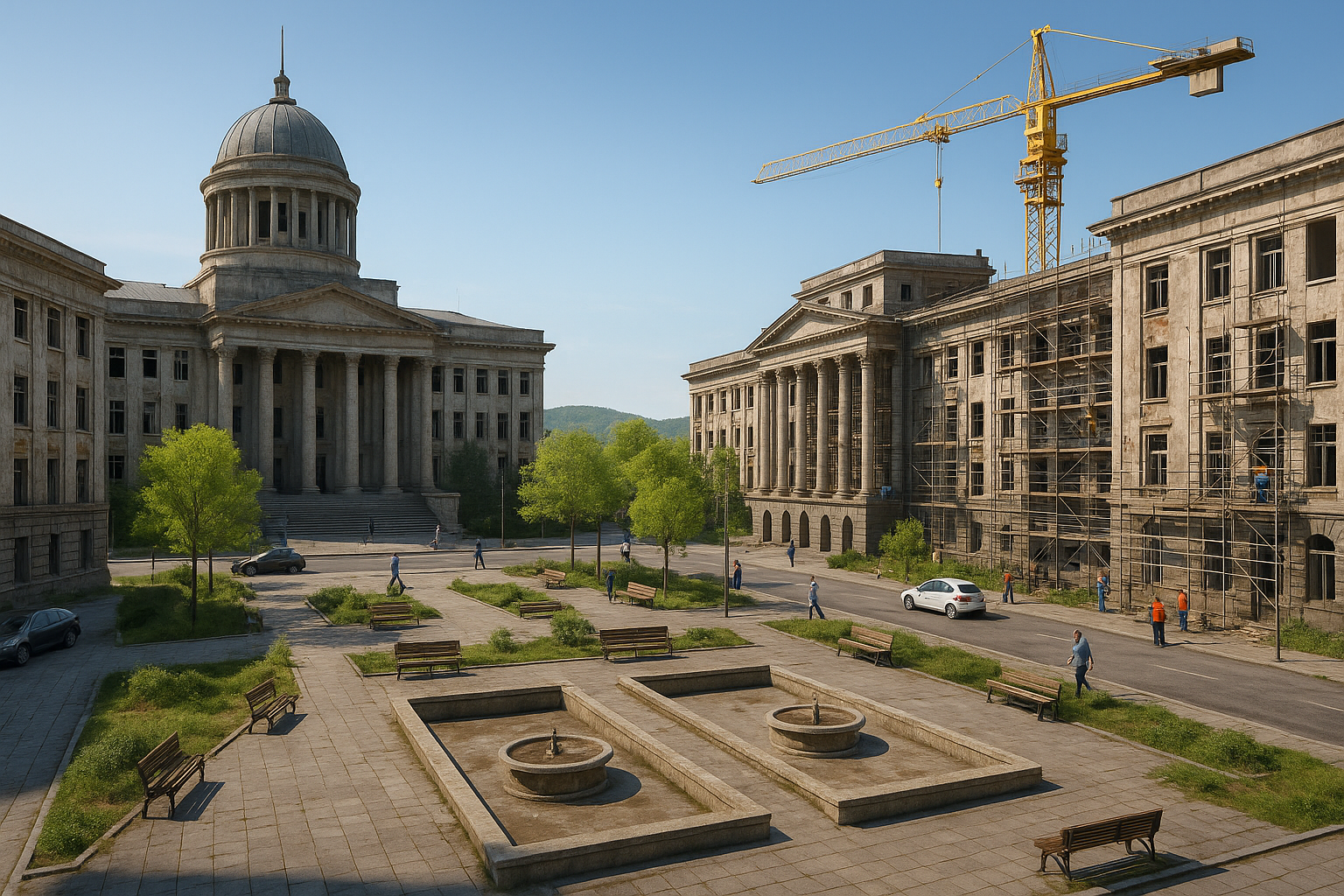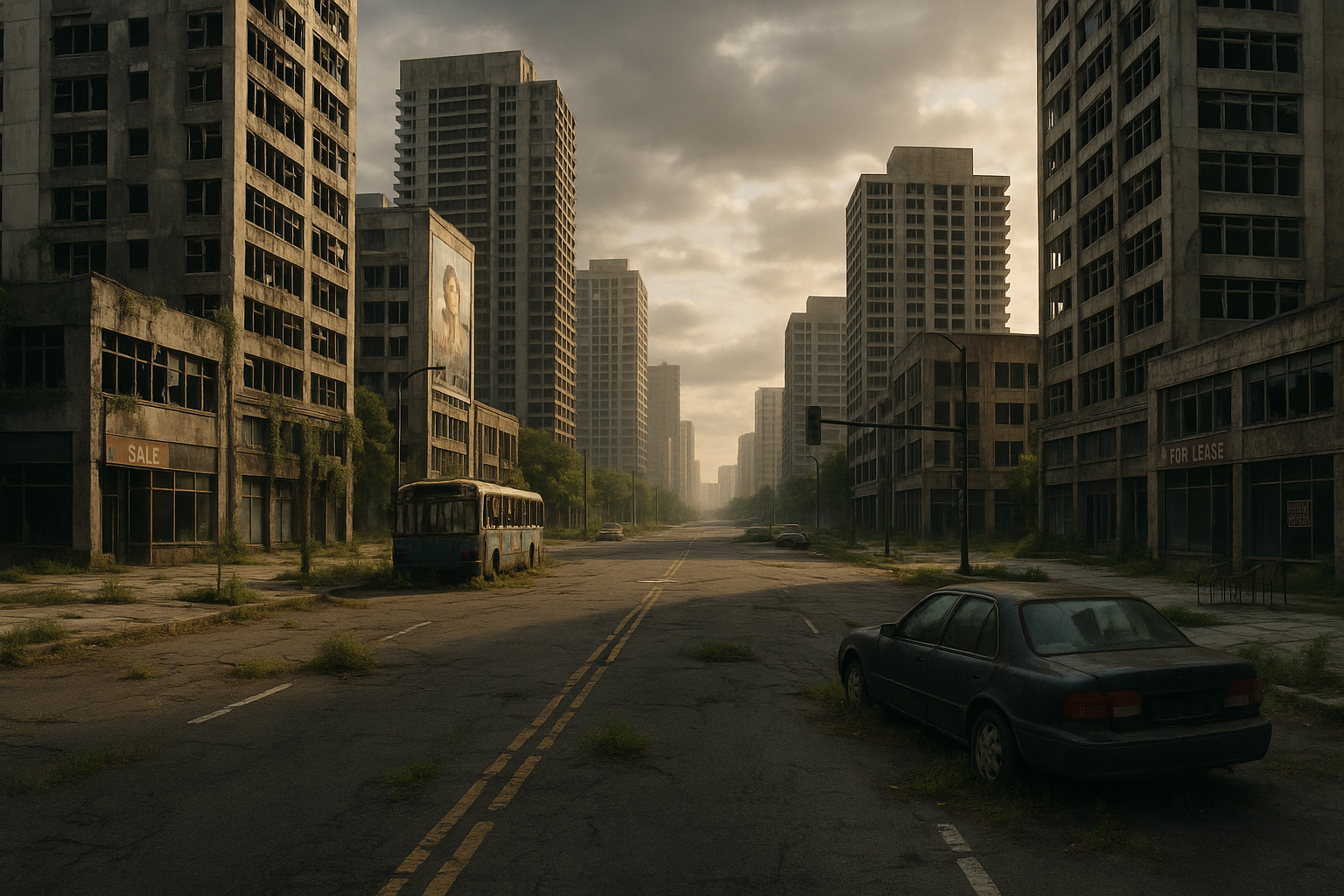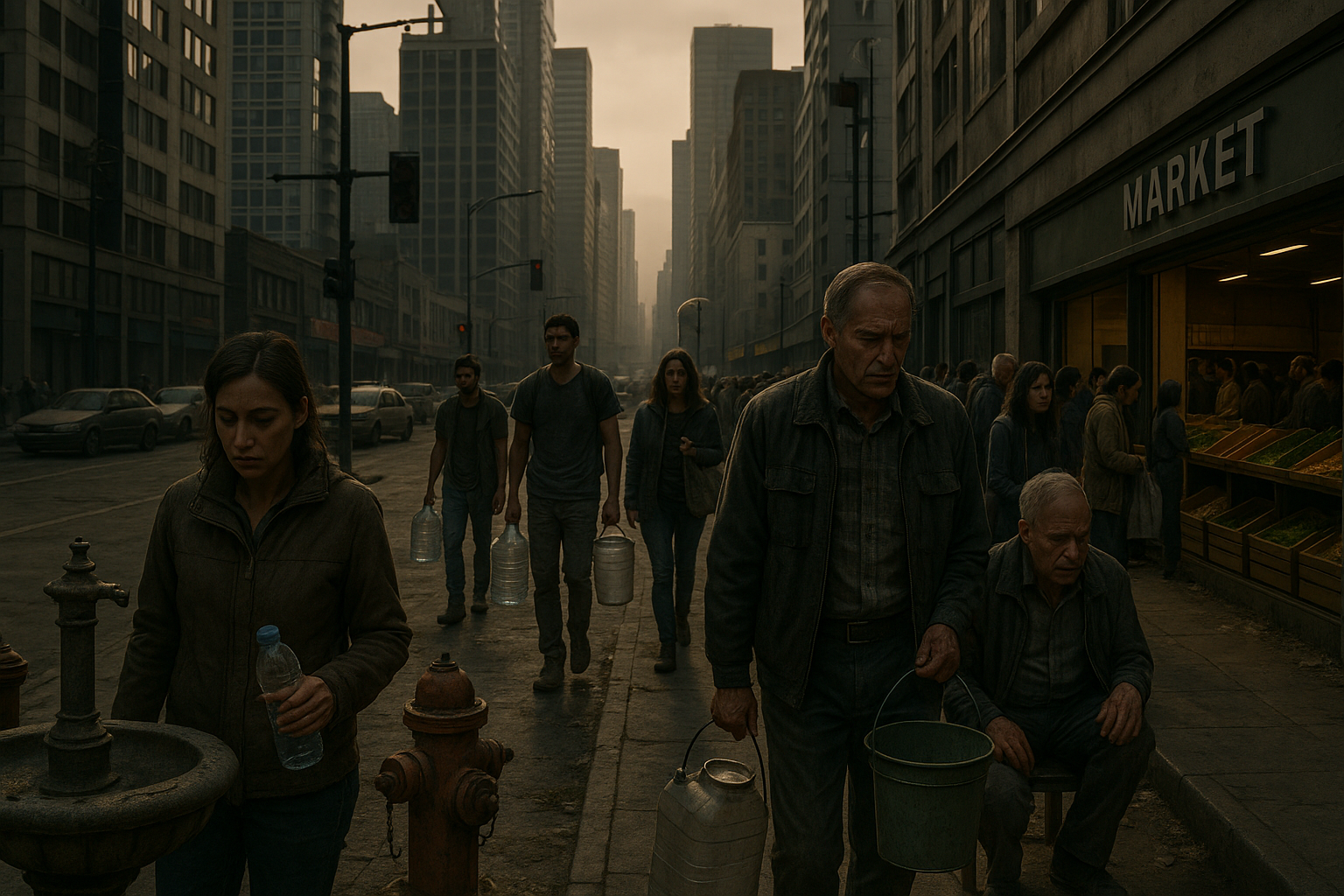Imagine walking through a city where the echoes of past hustles linger in the air, where streets are lined with buildings whispering stories of a bygone era. These aren’t ghost towns of the wild west, but modern cities once brimming with potential, now caught in a state of suspended animation. Welcome to the intriguing world of vacant government cities. 🏙️
In recent years, these urban landscapes have become focal points for debate and innovation. As governments and urban planners grapple with the challenges and opportunities they present, a renaissance of ideas is emerging. The question is not just how to fill these spaces, but how to unlock their potential and breathe new life into them. This exploration takes us into the heart of urban revitalization, a journey filled with challenges and opportunities alike.
What makes a city suddenly stand still? Economic shifts, policy changes, and technological advancements are just a few of the forces that have turned bustling government hubs into quiet shadows of their former selves. However, this pause in time opens up a canvas for creativity and reinvention. The very factors that led to these vacancies are often the same ones that hold the key to their revival.
As we delve deeper into this topic, we’ll uncover the reasons behind the emergence of these vacant cities. Are they victims of poor planning, or are they simply products of a rapidly changing world? By understanding their origins, we gain insights into how future urban planning can adapt to avoid similar fates.
One of the most compelling aspects of these vacant spaces is their potential for sustainable development. With climate change at the forefront of global concerns, the revitalization of these cities presents a unique opportunity to innovate. We’ll explore how sustainable technologies and green infrastructure can transform these areas into beacons of eco-friendly living. 🌿 By integrating renewable energy sources and sustainable building practices, these cities can serve as models for future urban development.
Moreover, the role of community engagement cannot be overstated. Revitalizing a city is not merely an architectural or economic challenge; it is a social endeavor. The involvement of local communities in planning and development processes ensures that the revitalization efforts are inclusive and equitable. We will look at successful case studies where community-led initiatives have turned the tide, transforming vacant cities into vibrant, thriving communities.
Another critical aspect of this revitalization is the economic potential these cities hold. By attracting new industries, startups, and cultural institutions, these urban areas can become hubs of innovation and creativity. We’ll discuss the strategies employed by governments and private entities to incentivize economic growth and investment in these regions. From tax incentives to innovation incubators, the possibilities are vast and varied.
Technology, too, plays a pivotal role in this transformation. Smart city initiatives, driven by advances in technology, offer new ways to manage urban infrastructure and enhance the quality of life for residents. By leveraging data and connectivity, vacant cities can be reimagined as digitally advanced ecosystems, where efficiency and convenience are prioritized. 📲
As we navigate through these topics, it becomes clear that the future of these vacant government cities is not just about filling empty spaces, but about creating a new narrative. One that embraces change, fosters innovation, and prioritizes sustainability and community. The journey of transforming these urban landscapes is complex, yet filled with promise.
Join us as we unlock the potential of these forgotten cities, exploring the myriad ways they can be revitalized for a future that is both prosperous and sustainable. This is a story of possibility, resilience, and the ever-evolving nature of urban life. As we embark on this exploration, one thing is certain: the future of these vacant cities is limited only by our imagination. 🌟

Conclusion
As we conclude our exploration of revitalizing abandoned government cities, it’s clear that these forgotten administrative hubs hold immense potential for transformation. Once symbols of political ambition and centralized control, many of these cities now stand silent — their infrastructure intact but their purpose lost. Through strategic investment, adaptive reuse, and sustainable planning, these spaces can once again become thriving centers of innovation and community life.
The true power of revitalization lies in reimagining decay as opportunity. 🌿💫 By introducing renewable energy systems, digital governance hubs, and affordable housing, governments and private sectors can breathe life back into these empty grids. Ultimately, the revival of abandoned government cities is more than a restoration project — it’s a statement of resilience, proving that with vision and collaboration, even the most deserted places can become blueprints for sustainable and inclusive urban futures.




